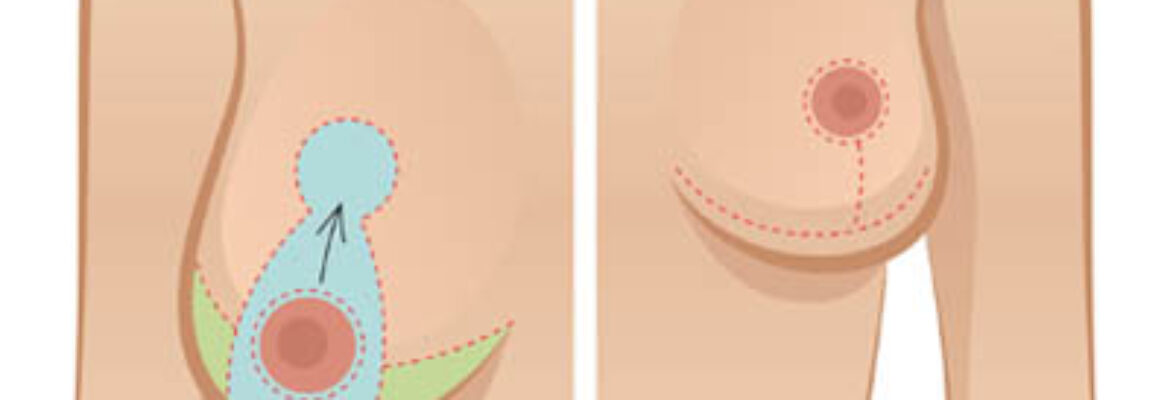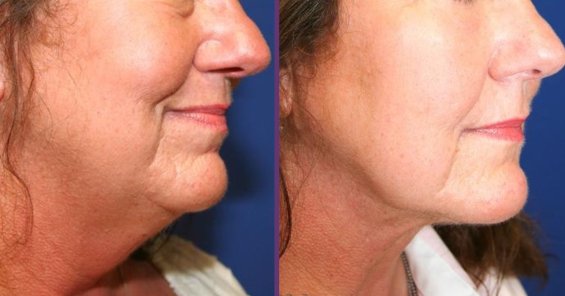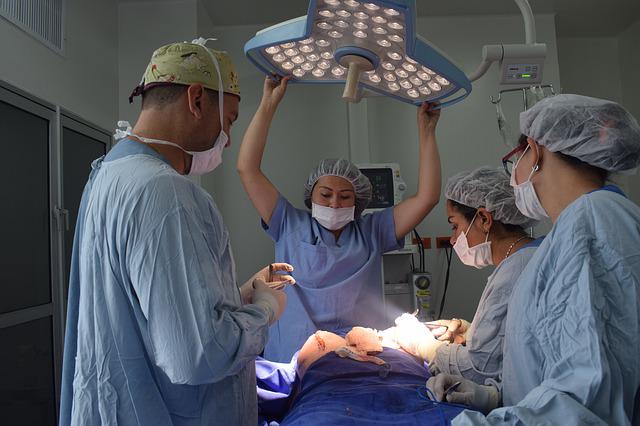
One of the most effective techniques for correcting an Asian nose is the use of composite implants. A great option for augmentation is to use cartilage taken from the nose and ribs. Dr. Chow uses cartilage to change the tip shape of the nasal. He has the unique ability to use cartilage from a wide range of sources for augmentation and reshaping the nose.
Autologous rib cartilage
Asian rhinoplasty may be the most complex procedure in facial plastic surgeon. Many Asian patients are seeking a more refined, high-strength nasal bridge. There are many augmentation options that can be used to achieve the desired results. Autologous cartilage, which is a graft material that can be used for multiple purposes, is the best. This tissue can serve multiple purposes, including augmentation of the dorsal area and new height formation.

Sliced cartilage fascia
The dorsum, or bony part of the nose, runs between the eyes and the tip. You can have the dorsum enlarged by a surgeon. The latter is a more natural-looking procedure because the surgeon can sculpt the cartilage to the patient's desired shape and size.
Shield grafts
Shield grafts can be a popular option in Asian nose surgery. They can be used in order to restore the nose's original height and shape. This involves creating a new dome using a cartilaginous cover. You can have the graft curved or straight, or flat and ridged. It can be one or more layers. Based on how much projection is required, the surgeon will decide how many layers are needed.
Skin grafts
The success rate of Asian nose skin-grafts is not always good. It is difficult to narrow the Asian nose using traditional methods because it has a thick envelope. To reduce the size of the tip, but preserve the thickness and soft tissue, the doctor may use structural cartilage grafts. He may also use a combination or both of these techniques to enhance the appearance of your nose.
Silicone nasopharynx
After rhinoplasty, a patient from Asia complained that her silicone nasopharynx implants had moved after she was treated. This was the fault of a different plastic surgeon, and this was contributing to an unattractive shadow on the upper nasal bridge. Although the area contoured well after surgery, it was not perfect after one year.

Modifications to the Alar base
There are many ways to modify and narrow the alar base or nostrils. However, few studies have focused on Asian patients. A technique that may prove useful for Asian patients is combined sill-alar excision. This addresses both wide nostrils as well as alar flare. The retrospective cohort study evaluated this technique.